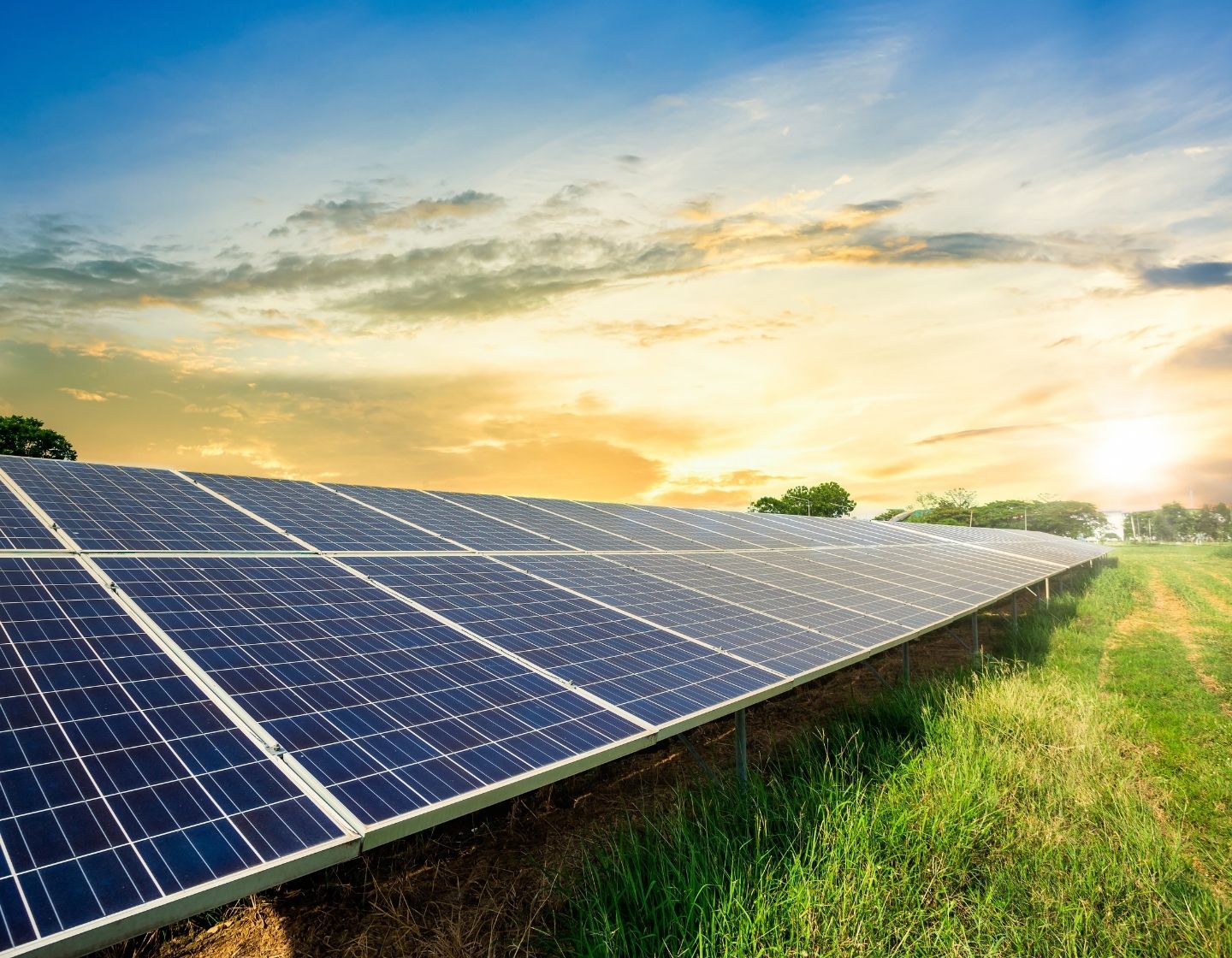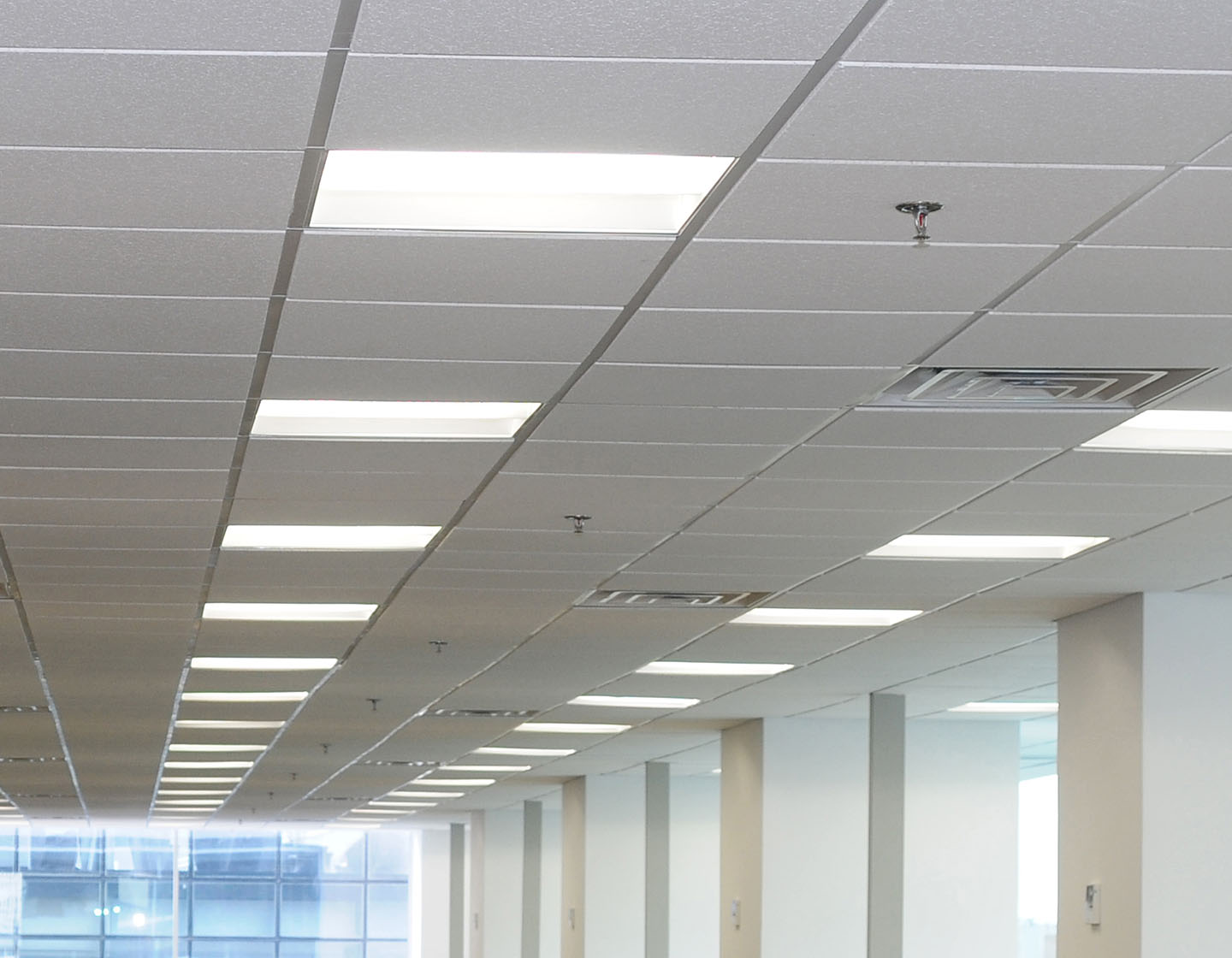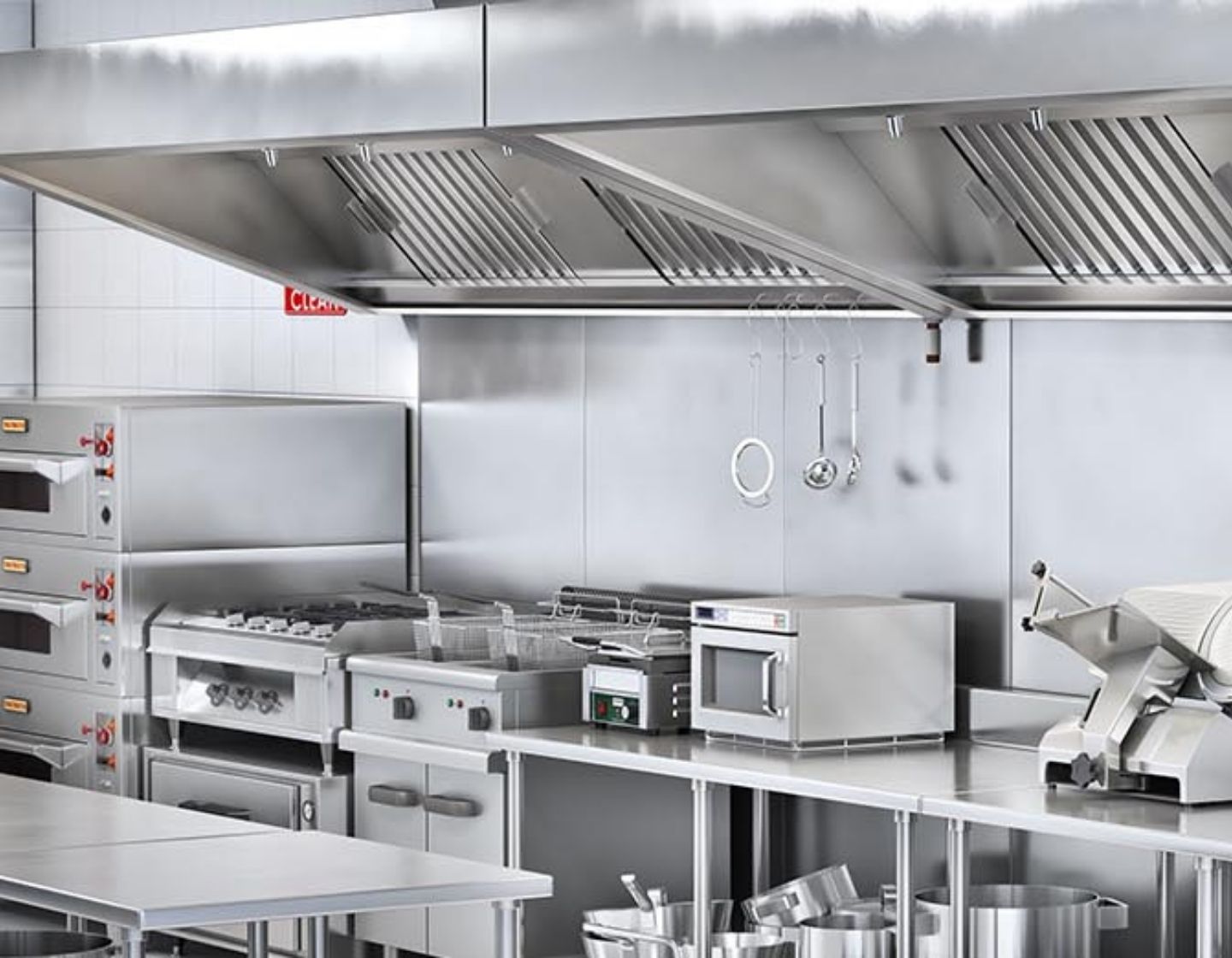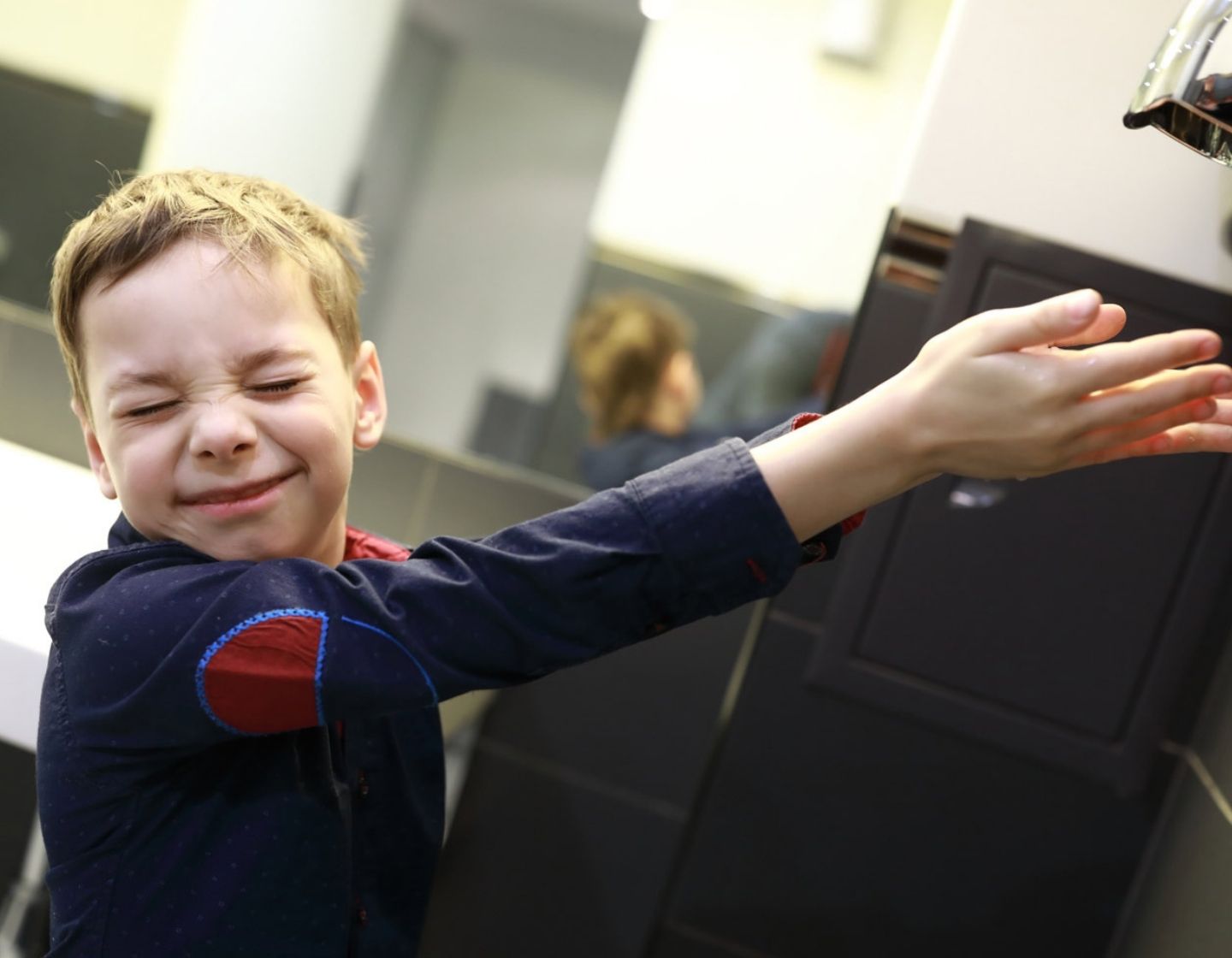Helping schools to be more sustainable and fulfil their ESG agendas
Education is at the forefront of green transformation in the UK with government policy and guidance focusing on decarbonisation and adaptability. The target of 2050 to reach net carbon emissions applies across the UK and schools understandably want to help achieve this to make a greener planet for their pupils. However, schools are also facing the challenge of rising energy bills and need to take steps to control these costs.
For parents, location continues to be key factors in their choice of school (alongside a variety of other considerations unique to each child), but green credentials are now playing a part too. Increasingly parents and potential pupils – inspired in part by Greta Thunberg – are looking for schools that are eco-friendly and demonstrate their sustainability commitments through the SLT’s operating decisions about the school, via sustainable buildings, conserving resources or eco-activities.
Here are SaveMoneyCutCarbon’s top ten ways that schools can harness new technology to be more sustainable and fulfil their ESG agenda to satisfy both parents and pupils:
1 Solar energy
Solar panels harvest the sun’s energy and provide an increasingly important way to protect schools from spiralling electricity price rises. Solar PV panels will provide 25-year, fixed-cost energy provision in contrast to continuing rises in the cost of electricity supplied by the National Grid.
A schools’ peak energy demand is generally during daylight hours, when the generation from the solar panels is at its highest. Utilisation also rises in the summer months when solar generation is at its peak, ideal for cooling from air conditioning units or heat pumps and heating swimming pools. When schools are closed during the summer months they only use the background load, but if the premises are used for holiday clubs, then the utilisation can rise again.
Considering current installation costs, a solar PV solution will provide electricity at around 5 pence per kWh – this includes operations and maintenance. That is around 60-70% cheaper than buying from the National Grid. Investing in this technology now will help to cushion against future energy price increases.
Solar is great for the planet and pupils, who can see carbon-cutting technology at first hand. By investing in solar power production, a school will drastically reduce their carbon footprint and, with the right conditions, could offset nearly all its carbon emissions. A solar PV installation would produce 30 times less CO2 than coal power, on average, over its working life.

2 Heat Pumps
Heat pumps extract thermal energy in the outside air or from the ground or water. As an energy technology, they are very efficient and clean and whilst they do use electricity to power a part of the operation, they don’t burn fossil fuels directly to generate heat. They work effectively in temperate climates like the UK and deliver heating even when external temperatures are low.
Ground Source Heat Pumps (GSHP) tap into the generally stable temperature of an area of ground or body of water near a school. For those who are more space limited, Air Source Heat Pumps (ASHP) are an effective solution. In this solution the sun warms the air, creating a temperature difference, even in the coldest areas of the country and this energy can be extracted through an ASHP system, for heating, hot water and cooling.
Schools who combine heat pumps with solar PV will have a highly effective way of cutting carbon and reducing energy costs, again reducing their reliance on the National Grid and the associated energy price rises as well as further enhancing their green credentials to parents and pupils alike.
3 EV charging points
The move to EV helps schools with their sustainability goals and to keep ahead of evolving government regulations around the electrification of the transport sector. Provision of EV charging points is a benefit for the school’s vehicles, staff vehicles, those visiting from other schools and parents’ cars.
EVs can reduce carbon emissions by more than 50% if the electricity used is from renewable sources. Going electric means that schools can have the best of both worlds, with cost-effective and efficient vehicles while demonstrating to green-aware parents, staff and visitors that the need to protect the planet is paramount.
The Workplace Charging Scheme helps with initial costs to purchase and install EV charging points with 75% of the costs up to £350 per charging point, with a maximum of 40 across all sites so help is available for schools to take this first step.

4 Vyv antimicrobial lighting
Protection from viruses and bugs is essential in the age of COVID. Schools will want to keep pupils and staff safe both in the minibuses and in communal areas, particularly if there are boarders.
Vyv is a UV-free antimicrobial LED light, scientifically proven to kill bugs and viruses while providing quality illumination. It is safe for continuous use around people, plants and animals, and is a nonstop antimicrobial cleaner, ideal for heavily used areas such as dining rooms, bathrooms, lifts and reception or staff rooms where people congregate together.
Vyv’s patented offering multitasks to provide effective and continuous prevention of the growth and spread of micro-organisms – bacteria, fungi, yeast, mould and mildew – on indoor surfaces. Independent studies prove at least a 90% bacteria reduction in controlled laboratory settings.
Implementing this technology will protect your pupils and staff from seasonal viruses and demonstrate to parents that you are doing all you can to protect the children’s health whilst they are in your care.
5 LED lighting & lighting controls
Switching to LED is one of the easiest and most straightforward things that a school can do on its sustainability journey. LED lighting is the smart choice to help schools save energy and reduce their electricity bills. Now a mature technology, there are LED solutions to replace every traditional light source, especially important in boarding schools where lights are on 24/7.
Using LED can save up to 80% saving on energy costs, with less maintenance and fast payback. Saving energy cuts bills and reduces a school’s carbon footprint, which means less CO2 in the atmosphere, helping in the battle against rapid climate change.
Lighting controls can deliver benefits and savings and range from individual dimmers through to total light management systems. By switching or dimming lights in response to presence detection and daylight levels, a school can cut energy use between 20% and 60% beyond that saved already with LED.
The case for intelligent lighting controls is compelling and goes far beyond the essential focus of saving energy. Simple and intuitive controls that can extend from a single room to a fully networked, building-wide system should foster more comfortable and productive settings, with better use of both natural and artificial light. Controlling light in any environment means much more than just cutting energy costs and is central to the development of healthier learning environments that are more productive and positive.

6 Water saving
In schools where toilets are flushed, hands are washed and kitchens are preparing food there is a lot of water simply going straight down the drain. With energy costs spiralling and hot water costing between 2 to 4 times more than cold water, the only solution is to use less. Using less water from taps and showers also means that there is less energy burned in heating and pumping, another direct benefit on bills, while reducing CO2 emissions at the same time.
Eco taps make sure schools can reduce water consumption by 60% without affecting the quality of use and for shower facilities, eco shower heads are a must. These highly effective pieces of tech make sure every shower minute uses 50% less water, in a way that doesn’t affect the quality or efficiency of the process.
Toilets and urinals are also key focuses for better water management with regular and routine maintenance essential to identify leaks. Even a moderately leaking loo can waste 400 litres of water a day and there are cases where it’s been up to 8,000 litres a day, costing more than £6,000 a year.
The ideal solution is to install the Propelair toilet, which is the only ultra-low flush toilet on the market. With a water reduction of up to 84%, the Propelair toilet will provide a corresponding carbon reduction of 80%, with a payback period as little as 1 – 3 years. This unique product uses only 1.5 litres of water per flush and it also reduces airborne germs by 95%.
Waterless urinals offer maximum impact as they reduce water consumption by 100% and eliminate the need for costly water management systems. A popular alternative to waterless urinals is to use urinal controls in existing systems. This is an easy adaption that offers minimal disruption and alteration, whilst still delivering reductions in water use of up to 80%.
7 Kitchen extractor fans
A dynamic ventilation system saves up to 80% energy in busy school kitchens. Cheetah saves energy by controlling the extract and air supply fans in line with demand. Energy savings of up to 80% are typically achieved by controlling ventilation fan speeds to match extract rates with cooking processes.
This gives rapid payback and big ongoing cost savings with the excellent energy efficiency. The innovative demand-controlled ventilation (DCV) solution helps schools meet their environmental targets, while reducing costs.

8 Pumps & Invertors
High efficiency motors and variable speed drives (VSDs) make big savings in energy usage – up to 50%, which gives investment paybacks as short as 6 months, but more typically 1 year.
Pumps and fans have great energy saving potential. An average electric motor consumes its purchase price in electricity in just 1 month (30 days) so investing in the highest efficiency variants gives an ongoing saving from month one. New VSDs also bring big savings compared with older VSD technologies, due to improvements in switching topologies, and quite often 15% savings can be realised. The motor control is also far smoother and so mechanical parts, belts and seals are not damaged during running, which reduces maintenance costs.
9 HVAC smart controls
Heating, ventilation & air conditioning (HVAC) use a huge amount of energy. Energy surveys show that it can represent typically 60 – 80% of the total school’s energy consumption, particularly in boarding schools.
The GEM solution uses localised wireless technology and is easily connected to all major HVAC systems. it can be installed in typically 60 minutes to any room space. Unlike other systems, it does not rely on sensors alone, but detects whether a room is occupied and takes control of the space accordingly to deliver maximum savings.
10 Hand dryers
Paper towel dryers are an expensive washroom solution for school bathrooms. Thousands of pounds are spent annually on purchase, cleaning, maintenance and disposal. Waste paper towels can rarely be recycled, so they go to landfill or are incinerated. Less paper waste is great for the environment, cutting CO2 emissions by up to 79%. Moving to a hand dryer is very economical and environmentally friendly with the cost of annual energy usage at around £6 compared to paper towels costing £375.00 – a 98% saving. There’s also a low environmental impact, producing 90% less CO2 and a drying time of just 12 seconds on certain models.

Working as a community within schools
Sustainability is all about communal effort which schools excel at. SaveMoneyCutCarbon has an eco-friendly shopping portal accessible online and via an App. Offering membership of this via the school to parents, staff and extended families of pupils allows the school to respond to the all-important social element of their ESG agenda by either promoting, gifting or subsiding membership of the SaveMoneyCutCarbon Home Club.
As the whole school community uses Home Club to make eco-friendly purchases for their home, they receive their own impact statement allowing them to track their savings made and the plastic, carbon, waste and water savings made. The entire school community is then grouped together by SaveMoneyCutCarbon who track the data and return it to the school in an anonymised and aggregated form to allow the impact to be tracked in the school’s annual reports. We can even present this data by year group or House to allow for inter-school challenges.
Working with SaveMoneyCutCarbon
We have a great track record of working with schools and offer a unique end-to-end service which begins with a call with one of our carbon mentors to find out where you are on your ESG journey and where you want to get to.
For any projects across the school that proceed to installation SaveMoneyCutCarbon will provide you with measured savings and the impact clearly demonstrating the planet positive changes that you’ve implemented which you can share with your school community and Governors.
Get in touch with a carbon mentor today: Book a Carbon Mentor Call